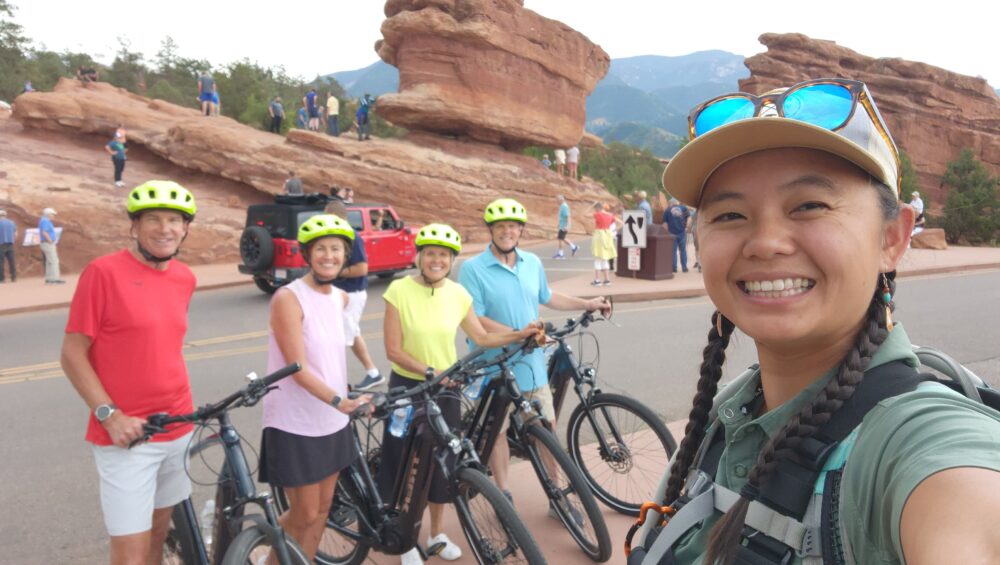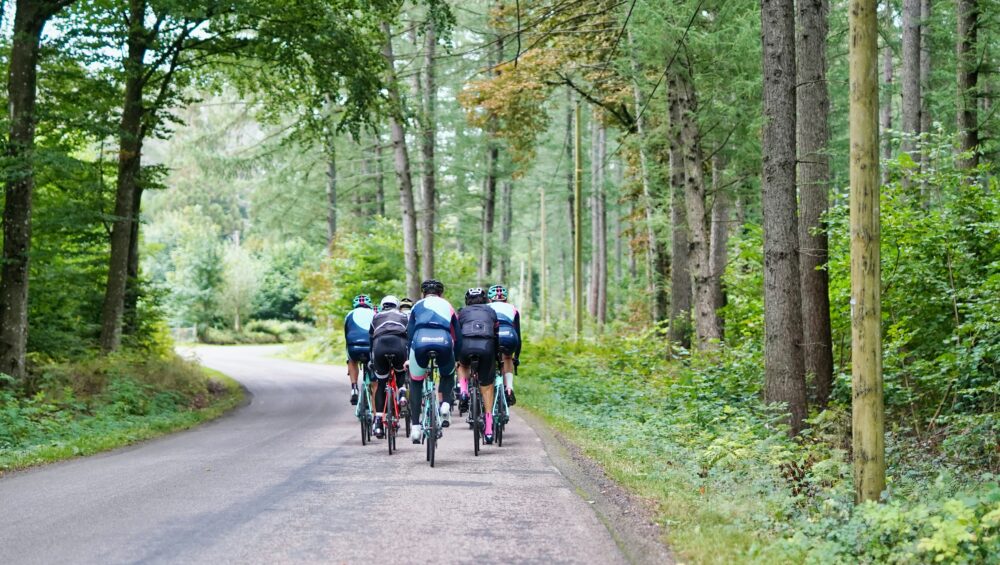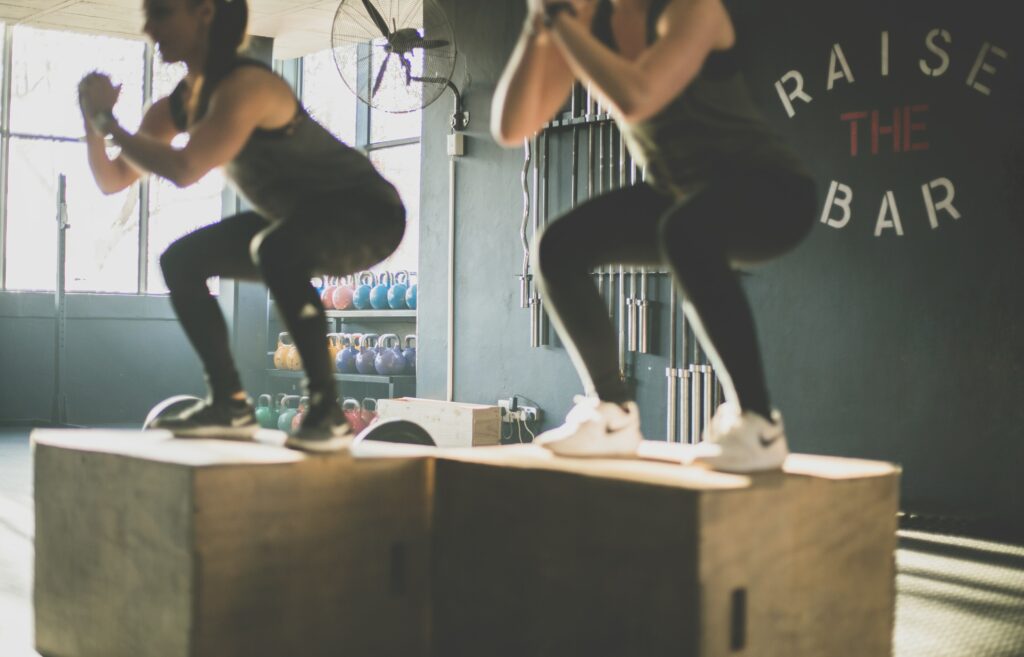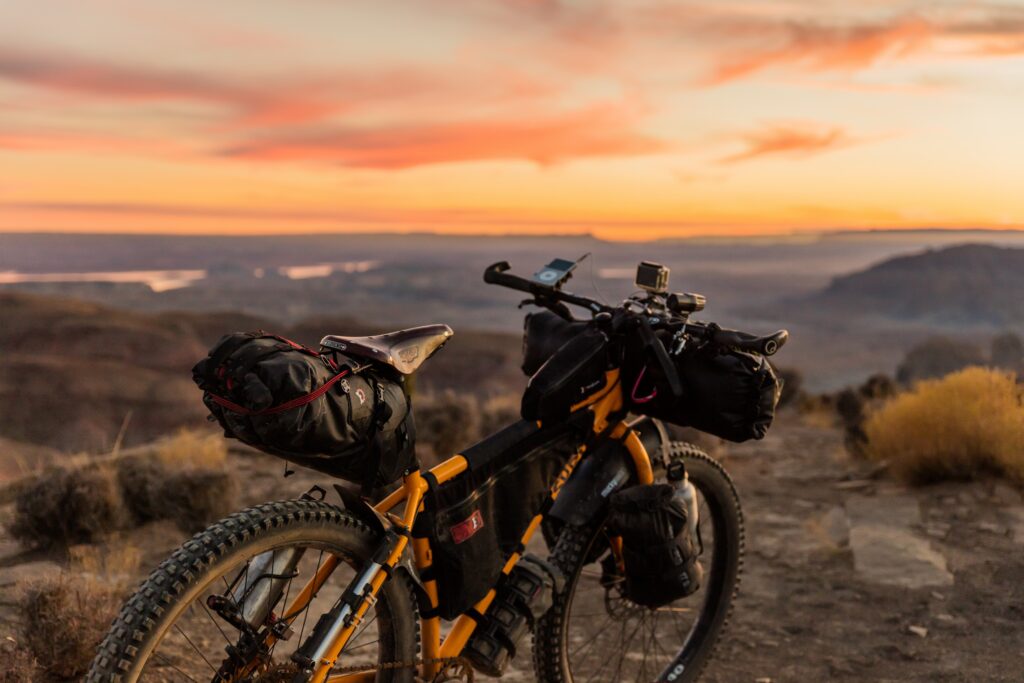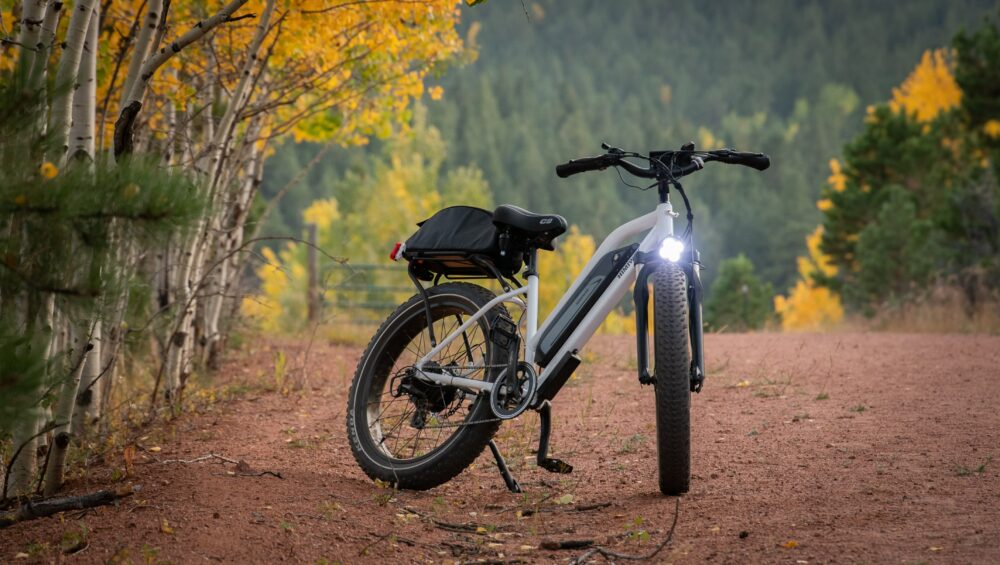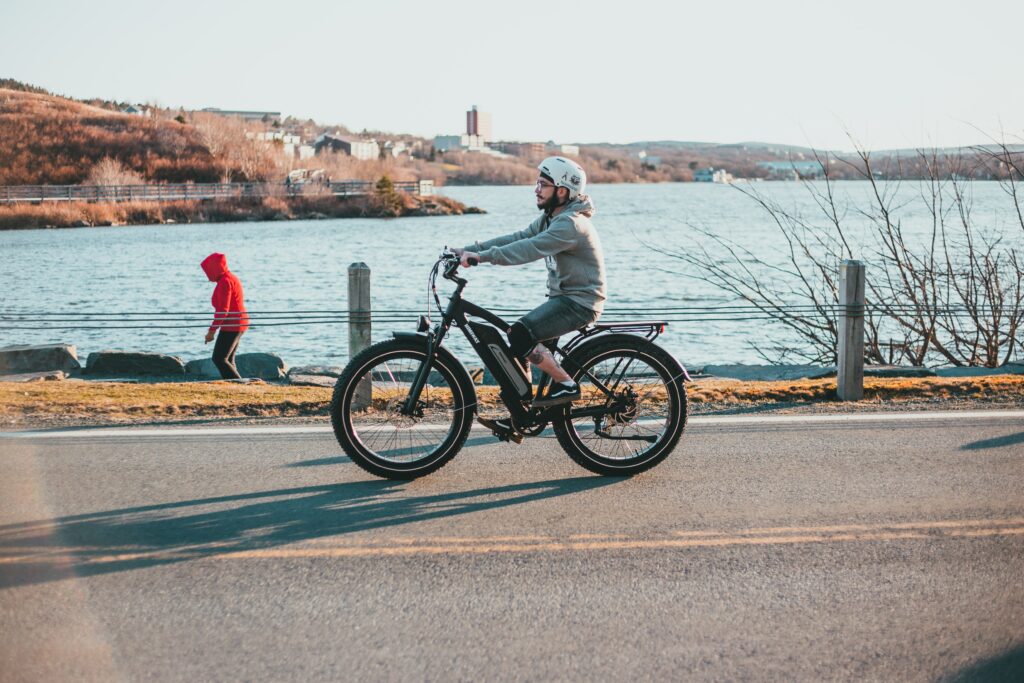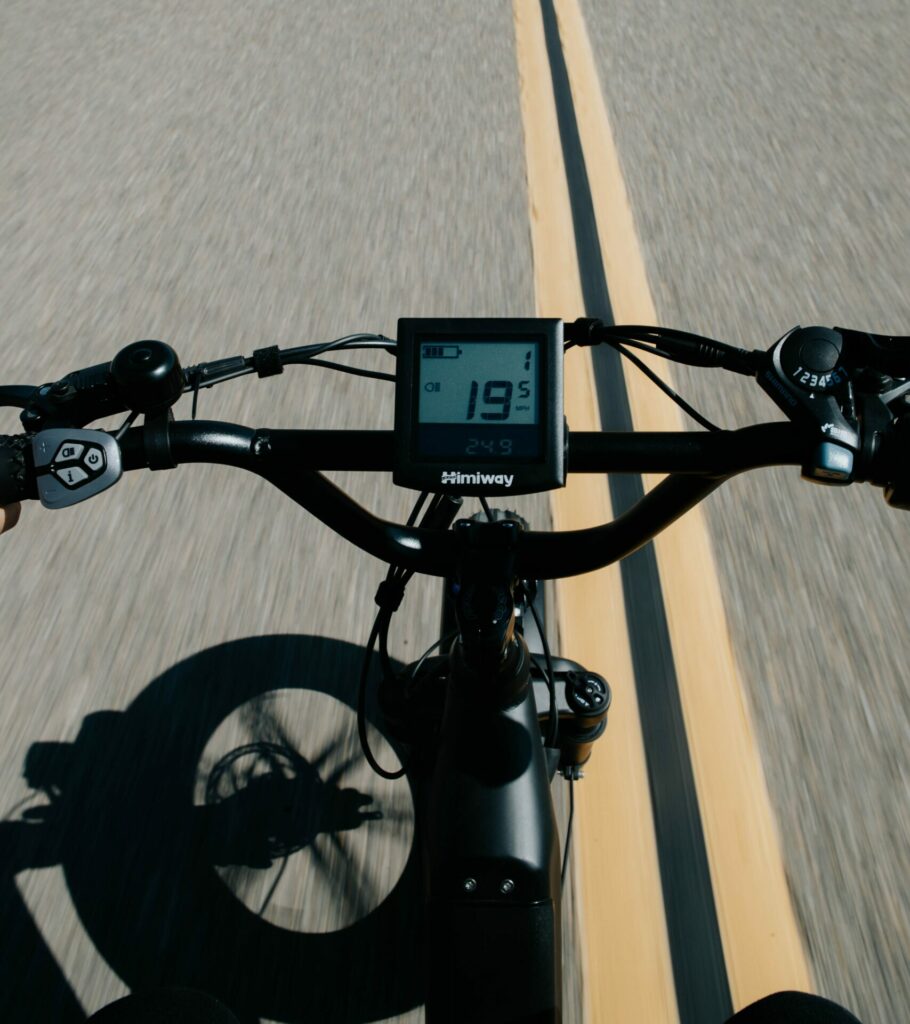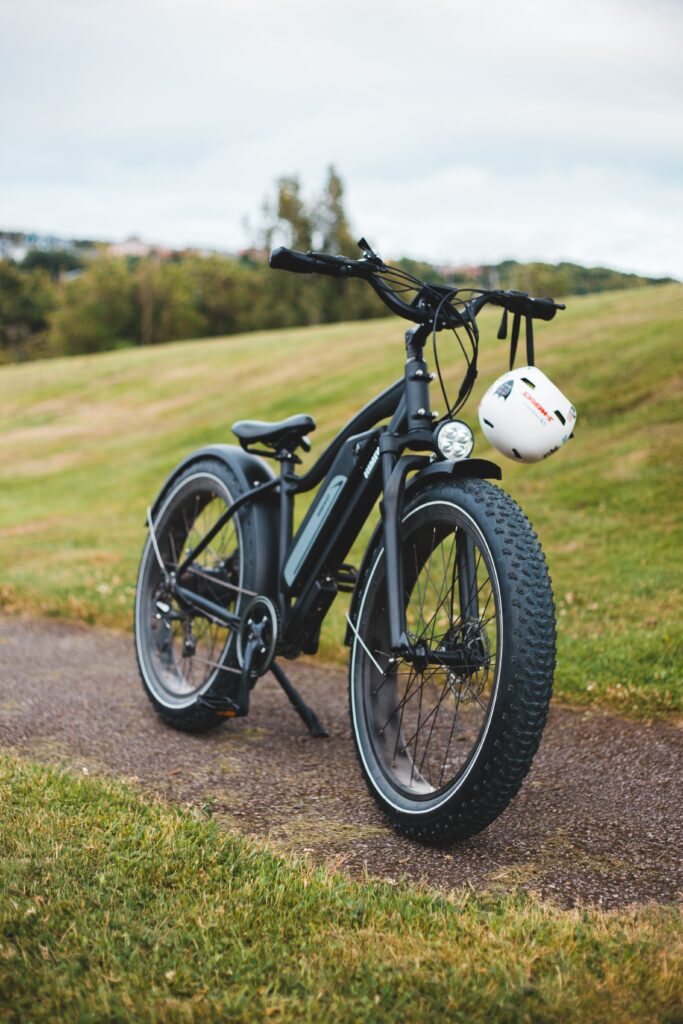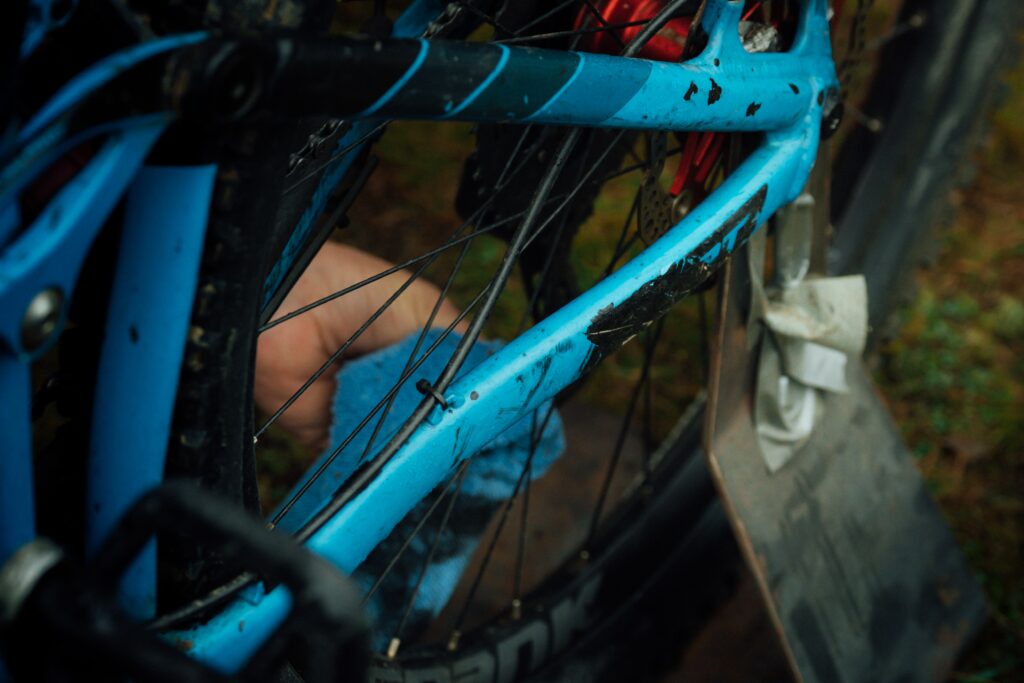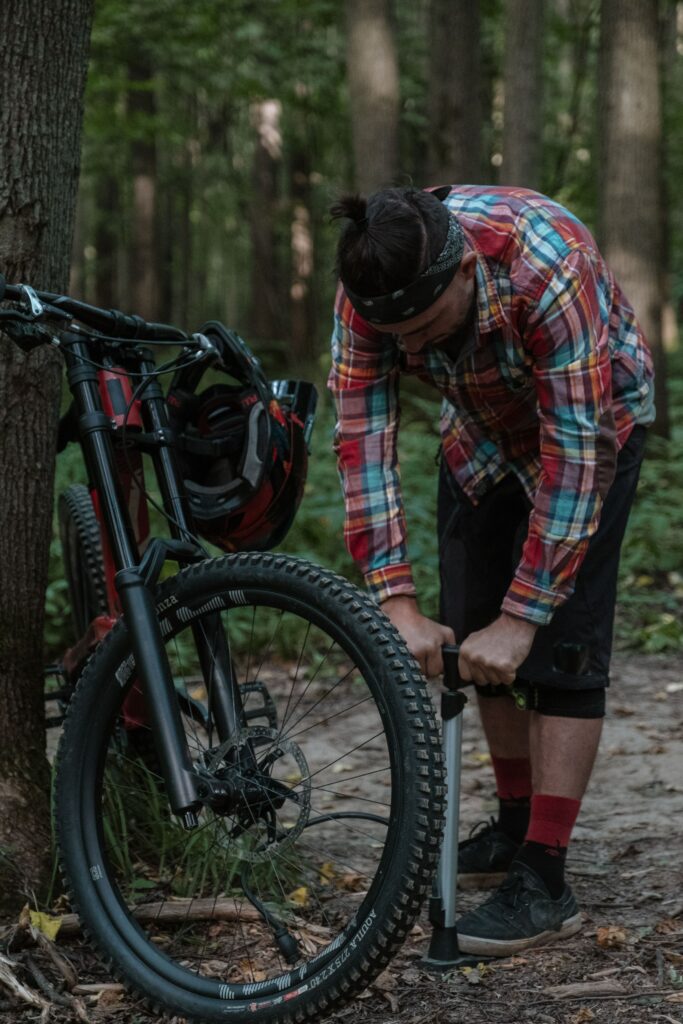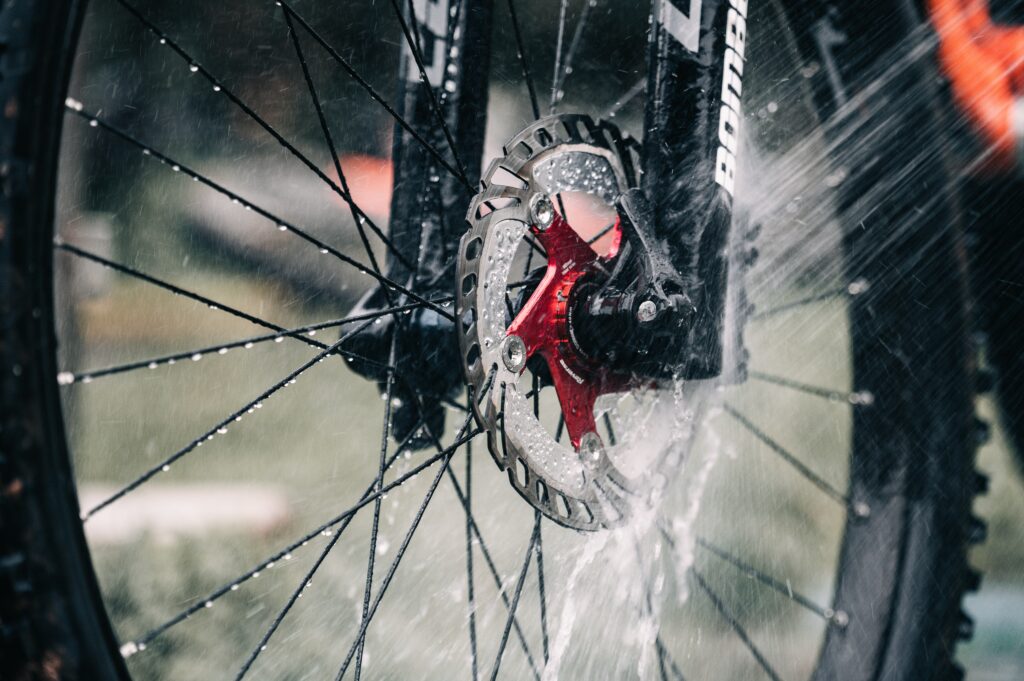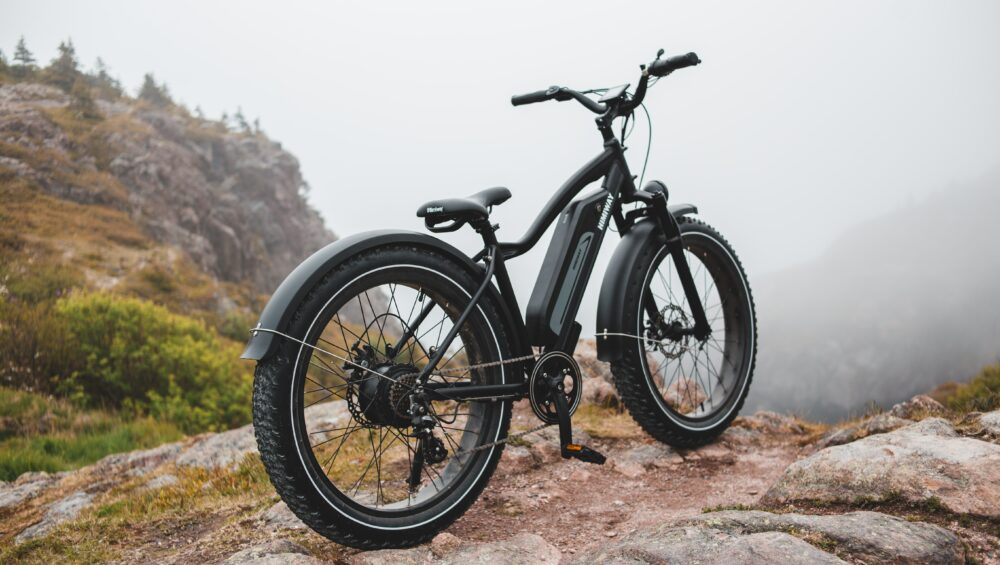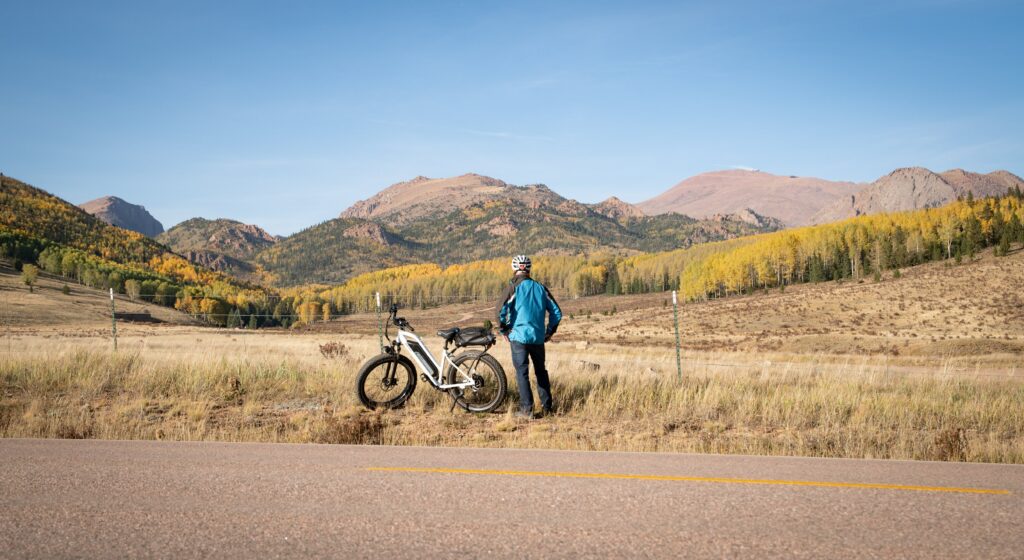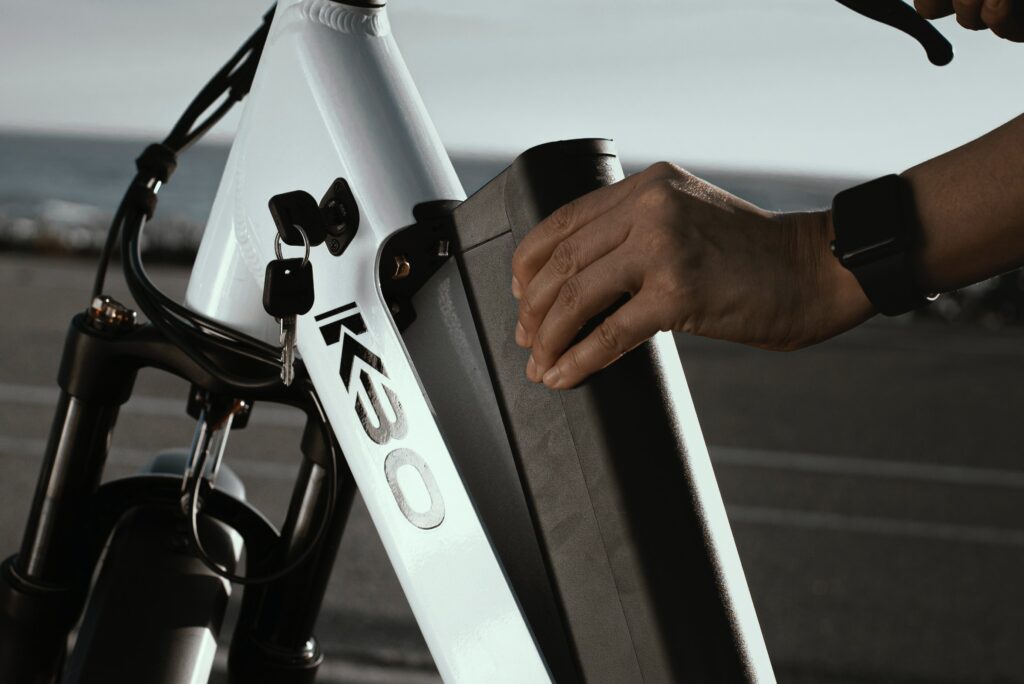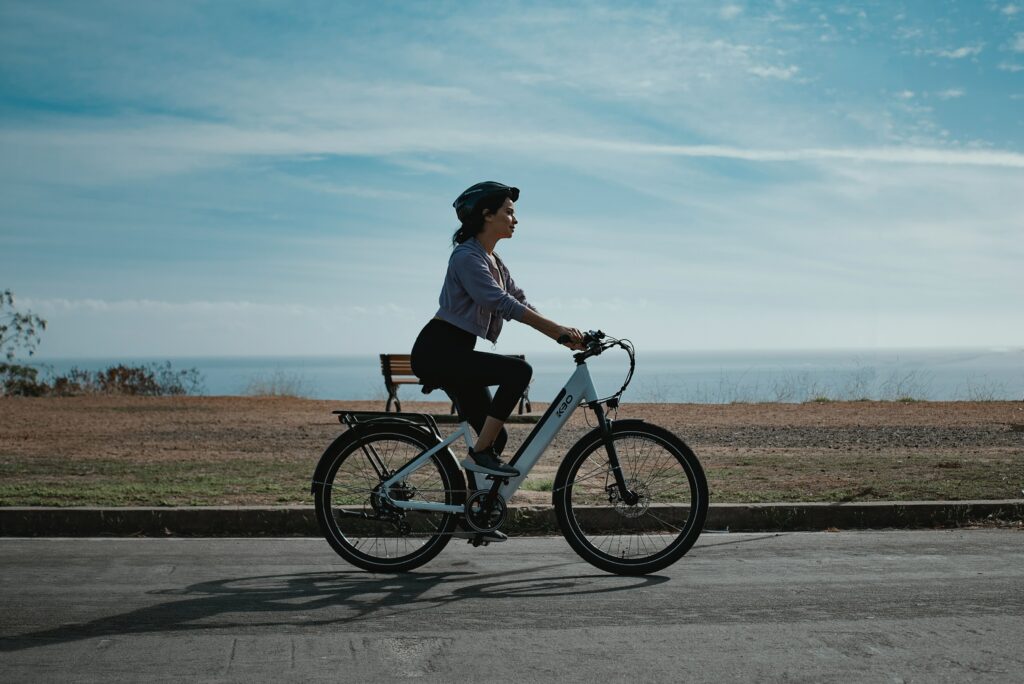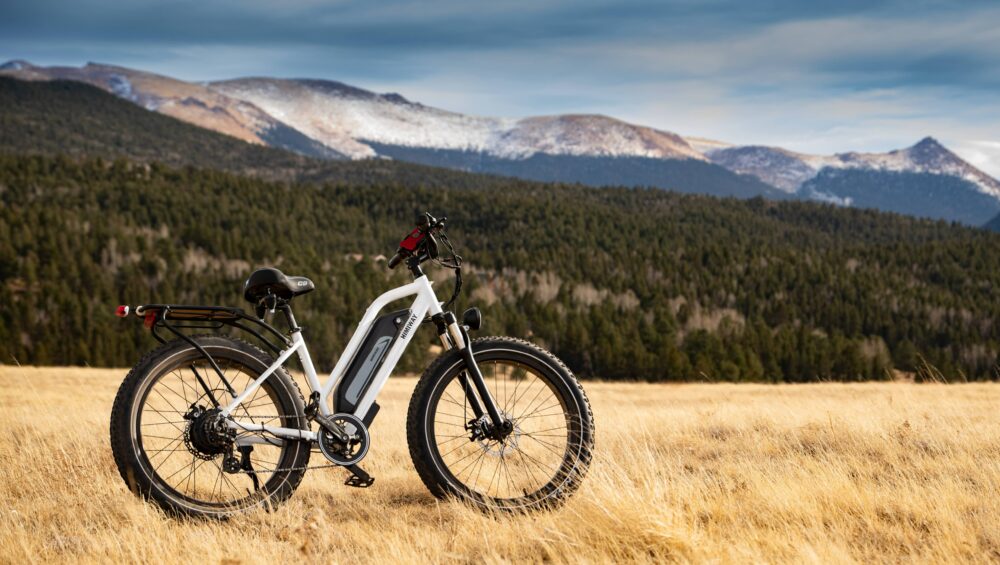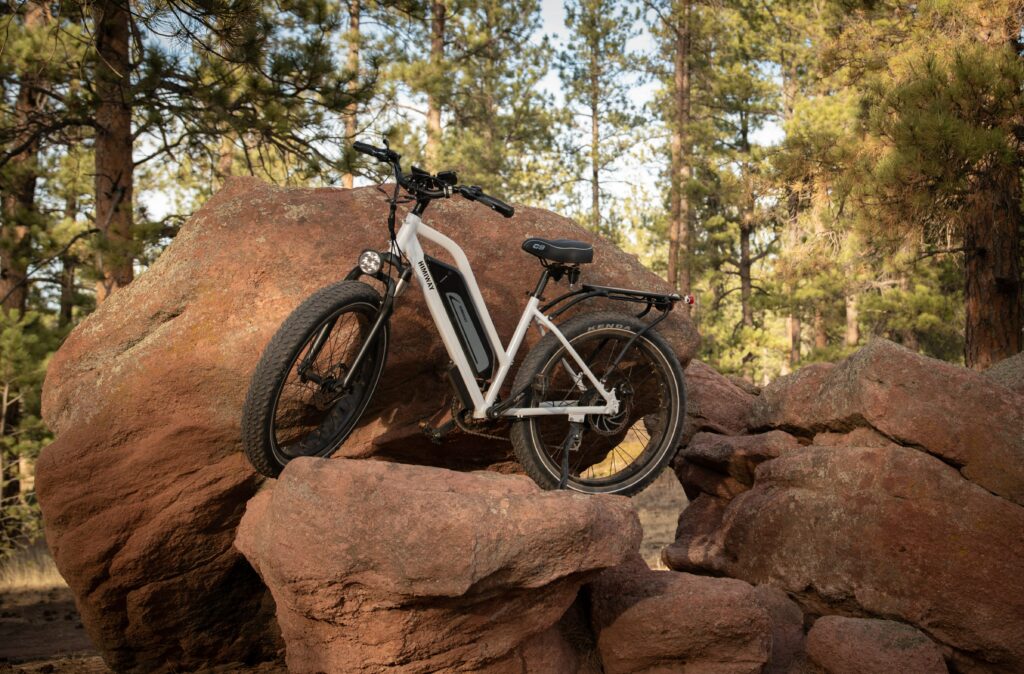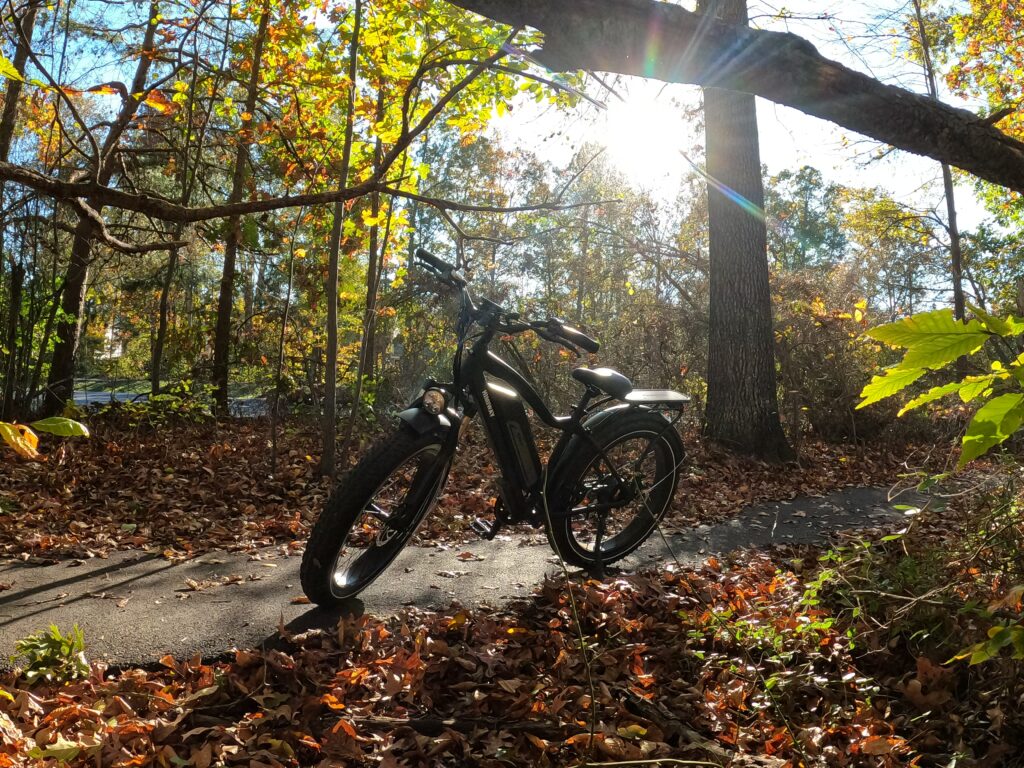Exploring Colorado Springs on an e-bike is one of the best ways to experience the city’s stunning landscapes without exhausting yourself on long climbs. With an electric boost to your pedaling, you can cover more ground, take in the breathtaking views, and enjoy a smooth, effortless ride—whether you’re cruising through Garden of the Gods, tackling the foothills of Pikes Peak, or pedaling along scenic city trails. Don’t wait to book an e-bike tour in Colorado Springs!
But before you hop on an e-bike, a little preparation goes a long way. Here’s everything you need to know about what to wear, what to bring, and how to make the most of your e-bike tour in Colorado Springs.
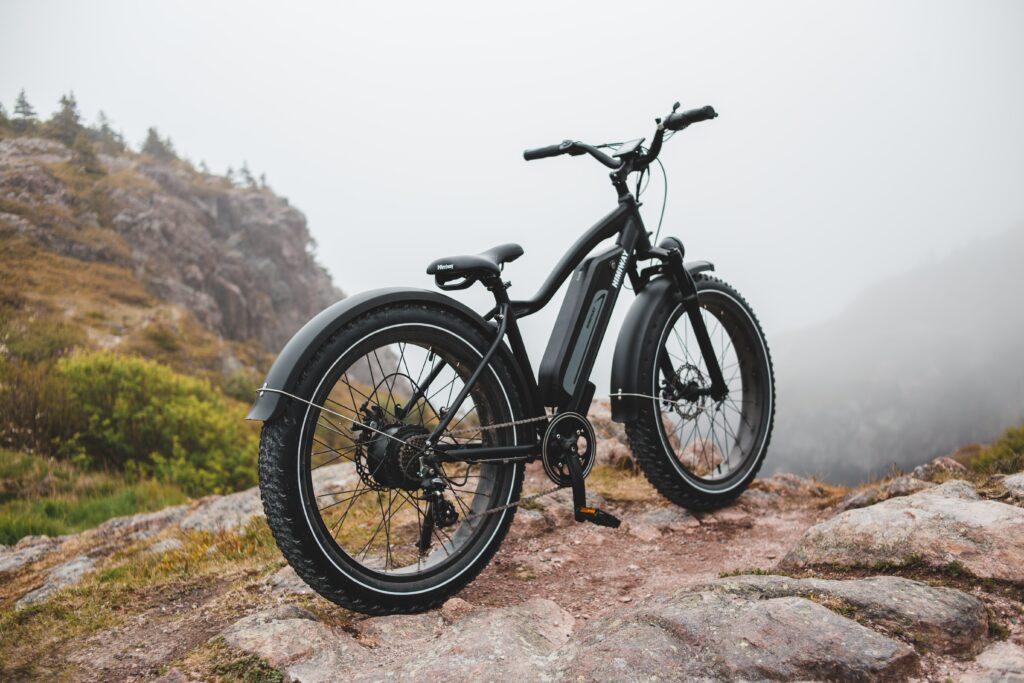
Why Choose an E-Bike Tour?
E-bikes provide a fun, accessible way to explore Colorado Springs for riders of all fitness levels. Unlike traditional bikes, e-bikes come with pedal-assist technology, which gives you a boost when you need it. This makes them perfect for:
- Climbing hills with ease – Conquer inclines without tiring yourself out.
- Covering more distance – Explore further in less time.
- Enjoying a guided adventure – Let an expert lead you to hidden gems and scenic routes.
Looking for an e-bike tour? Check out Broadmoor Outfitters’ E-Bike Tours for guided rides through Colorado Springs’ most scenic areas.
What to Wear on an E-Bike Tour
Colorado’s weather can be unpredictable, so dressing appropriately is key to a comfortable ride.
What to Wear:
- Moisture-wicking clothing – Helps keep sweat away and keeps you comfortable.
- Lightweight layers – The temperature can change quickly, so opt for a light jacket or windbreaker.
- Comfortable pants or shorts – Avoid anything too baggy that might get caught in the bike chain.
- Closed-toe shoes – Sneakers or cycling shoes work best; avoid flip-flops or sandals.
- Sunglasses – Protect your eyes from the sun and wind.
What to Avoid:
- Loose scarves or long baggy pants – These can get tangled in the bike.
- Heavy backpacks – You’ll want to travel light for a more comfortable ride.
- Cotton shirts – If you sweat, cotton will stay damp and make you chilly.
What to Bring on Your E-Bike Tour
Most guided e-bike tours will provide the essentials, but it’s always good to pack a few extras.
- Water bottle – Stay hydrated, especially at higher elevations.
- Sunscreen – The Colorado sun is strong, even on cloudy days.
- Small backpack or waist pack – Just enough to carry essentials like your phone, wallet, and an extra layer.
- Camera or phone – You’ll want to capture the stunning views.
- Light gloves (optional) – If you’re riding in cooler weather, gloves will help keep your hands warm.
Best E-Bike Routes in Colorado Springs
Garden of the Gods
Ride through one of the most scenic parks in Colorado, featuring towering red rock formations and paved bike-friendly roads.
Route Info: https://gardenofgods.com/

Pikes Peak Greenway
A scenic, paved path that runs through Colorado Springs, offering a relaxing ride along creeks and open spaces.
Route Info: https://coloradosprings.gov/parks/page/urban-trail-system
Gold Camp Road
For those looking for a bit of adventure, this historic railway-turned-bike-trail provides incredible mountain views and tunnels carved into the rock.
Route Info: https://www.fs.usda.gov/recarea/psicc/recarea/?recid=12681
The Broadmoor & Cheyenne Canyon
A more challenging ride with stunning views of the mountains and access to hiking trails.
Book a guided ride: https://www.broadmooroutfitters.com/ebike-tours/
How to Ride an E-Bike Like a Pro
Even if you’ve ridden a traditional bike before, e-bikes handle slightly differently. Here’s how to make the most of your ride:
Learn How Pedal Assist Works
E-bikes have different power settings that provide varying levels of assistance.
- Low assist – Great for flat areas and conserving battery life.
- Medium assist – Ideal for mild inclines and long rides.
- High assist – Perfect for steep climbs and an extra speed boost.
Brake Gently and Early
E-bikes can pick up speed faster than regular bikes. Brake sooner than you normally would, especially on downhill sections.
Pace Yourself
It’s tempting to crank up the pedal assist and fly up hills, but it’s best to use assistance sparingly to avoid draining the battery too quickly.
Follow Local Bike Laws
Colorado Springs has bike lanes and multi-use trails, but always follow traffic rules and be courteous to pedestrians.
More info on Colorado biking laws: https://www.codot.gov/programs/bikeped
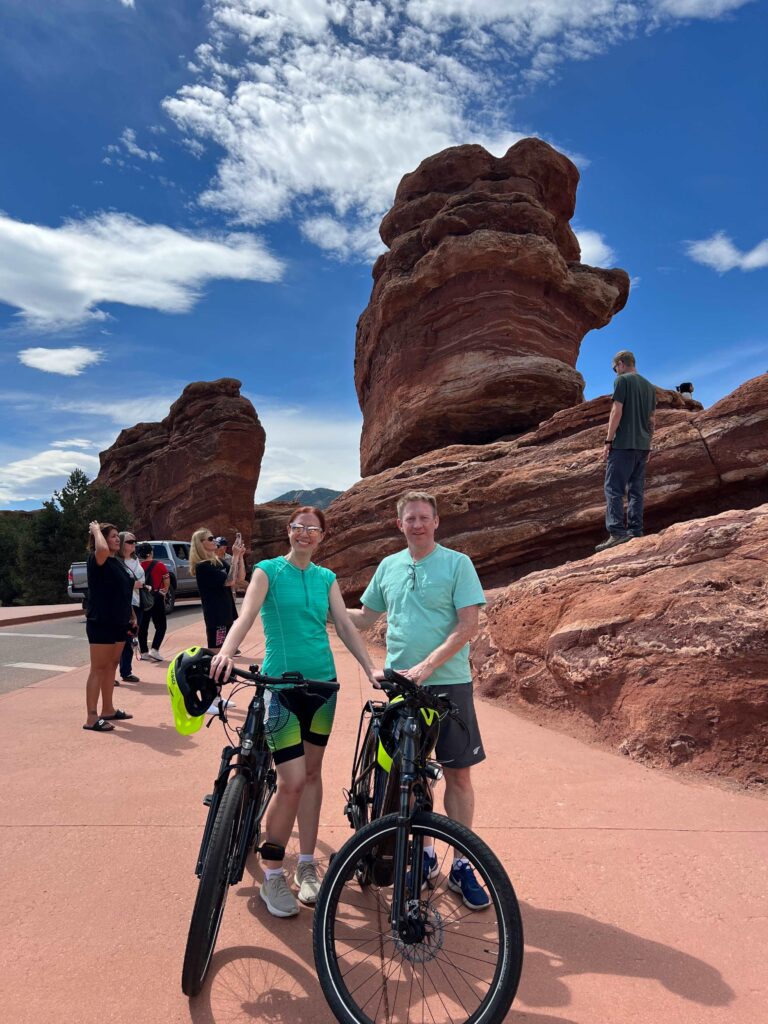
E-Bike Tour FAQs
Do I need to be in great shape to ride an e-bike?
No! The electric assist makes it much easier to ride, even if you’re not an experienced cyclist.
How long do e-bike tours last?
Most guided e-bike tours in Colorado Springs last 3 hours, covering 10-20 miles depending on the route.
What’s the minimum age to ride an e-bike?
Many tour companies require riders to be at least 14 or 16 years old, but check with your outfitter for exact rules.
Do I need to bring my own helmet?
Most tour providers, including Broadmoor Outfitters, provide helmets and safety gear.
Can I rent an e-bike without a tour?
Yes! Several companies offer self-guided e-bike rentals in Colorado Springs.
Check out local rentals: https://www.bikecosprings.com/
Why You Should Try an E-Bike Tour in Colorado Springs
An e-bike tour is one of the best ways to explore Colorado Springs, giving you the freedom to ride farther, climb easier, and experience the city’s incredible scenery—without exhausting yourself. Whether you’re a first-time visitor or a longtime local, an e-bike tour offers a fun, accessible, and eco-friendly way to see the sights.
Book your guided e-bike tour today and experience Colorado Springs like never before!
Reserve your spot now: https://www.broadmooroutfitters.com/ebike-tours/

